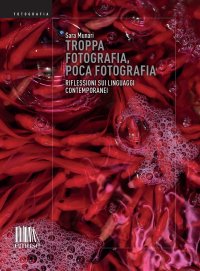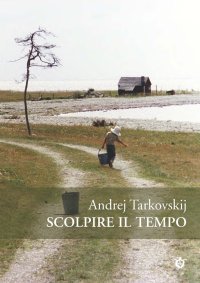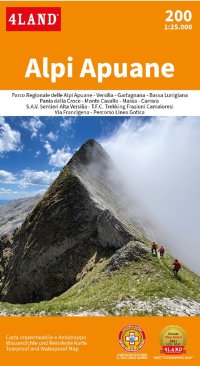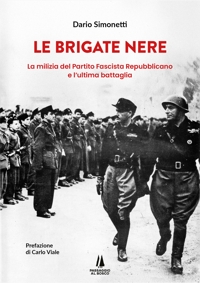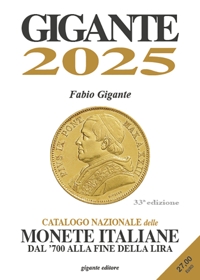Felice Palma. Massa 1583-1625. Collezione / Collection.
Texts by Andrei Cristina, Ciarlo Nicola, Federici Fabrizio, Claudio Casini and Sara Ragni.
Italian and English Text.
Pontedera, 2024; bound in a case, pp. 289, b/w and col. ill., b/w and col. plates, cm 24,5x34.
(L'Oro Bianco. Straordinari Dimenticati. The White Gold Forgotten Masters).
cover price: € 160.00
|
Books included in the offer:
Felice Palma. Massa 1583-1625. Collezione / Collection.
Texts by Andrei Cristina, Ciarlo Nicola, Federici Fabrizio, Claudio Casini and Sara Ragni.
Italian and English Text.
Pontedera, 2024; bound in a case, pp. 289, b/w and col. ill., b/w and col. plates, cm 24,5x34.
(L'Oro Bianco. Straordinari Dimenticati. The White Gold Forgotten Masters).
FREE (cover price: € 160.00)
Le botteghe del marmo
Italian and English Text.
Ospedaletto, 1992; bound, pp. 153, 10 b/w ill., 60 col. ill., cm 24x29.
(Immagine).
FREE (cover price: € 34.49)
Museo Stefano Bardini. I Bronzetti e gli Oggetti d'Uso in Bronzo
Edited by Nesi A.
Firenze, 2009; paperback, pp. 191, 102 b/w ill., 7 col. ill., cm 17x24,5.
(Museo Stefano Bardini).
FREE (cover price: € 30.00)
Bronzetti e Rilievi dal XV al XVIII Secolo
Bologna, 2015; 2 vols., bound in a case, pp. 729, ill., col. plates, cm 21,5x30,5.
FREE (cover price: € 90.00)
Stained Glass before 1700 in the Collections of the Los Angeles County Museum of Art and the J. Paul Getty Museum
Virginia C. Raguin
Harvey Miller Publishers
English Text.
London, 2022; 2 vols., bound, pp. 508, 89 b/w ill., 420 col. ill., cm 23x31.
(Corpus Vitrearum Usa. 10).
series: Corpus Vitrearum Usa.
ISBN: 1-912554-71-2 - EAN13: 9781912554713
Subject: Collections,Glass
Period: 1400-1800 (XV-XVIII) Renaissance
Languages: 
Weight: 1 kg
Sara Munari € 17.10
€ 18.00 -5 %
Simonetti Dario € 23.75
€ 25.00 -5 %
Fabio Gigante € 25.65
€ 27.00 -5 %











